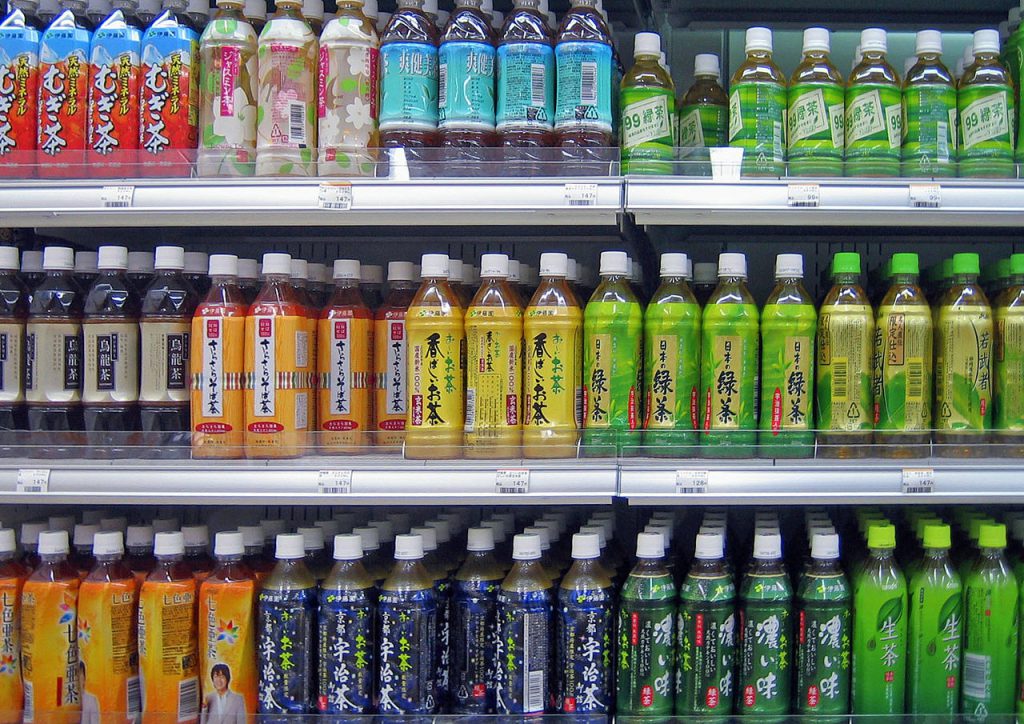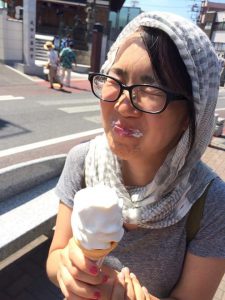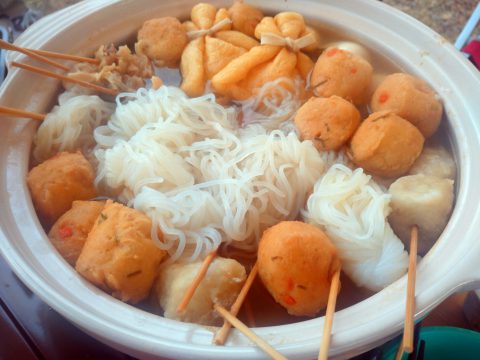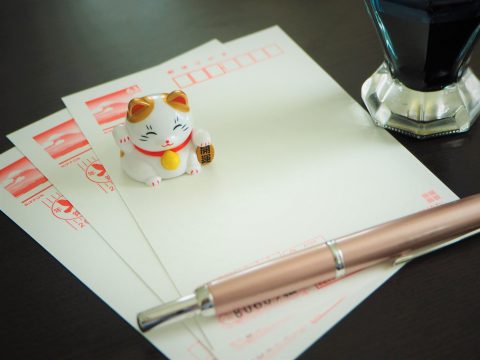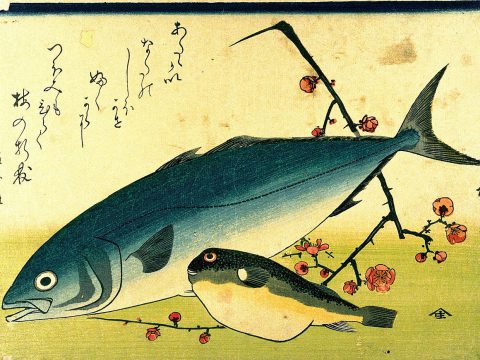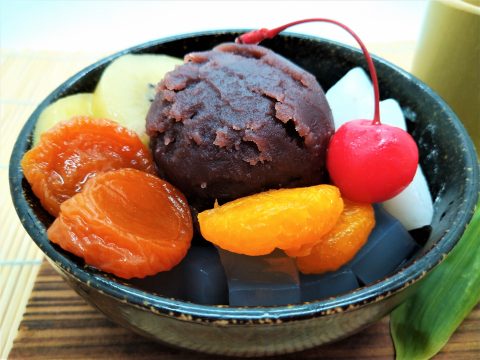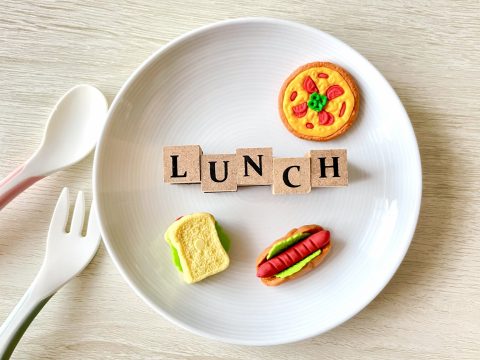Cool down and refresh with these cold Japanese beverages
JAPANESE FOODS
28.06.2021
Cool down and refresh with these cold Japanese beverages
Summers in Japan can be brutal. It’s hot, humid, and with the human density, it can be an exhausting time of year. Heat stroke is no joke (around 50,000 people are hospitalized each year) and even if you come from a tropical climate, adjusting to Japanese summers can be difficult.
So making sure you’re hydrated throughout the day is crucial to survive the heat wave! Plain room temperature water is the best of course, but here’s a list of popular Japanese drinks that’ll help you beat the heat!
Ramune ラムネ
Ramune is a carbonated soft drink in tall unique glass bottles. It comes in a variety of flavors such as the original ramune flavor, lemon, strawberry, watermelon, and even adventurous ones like Japanese curry, wasabi, and chocolate. It’s distinctly associated with the summer season and often sold at summer festivals and stalls, but you can find it at supermarkets and beverage stores.
Besides the distinctive flavor, the glass bottle is iconic because to take a drink, you need to plunge the special device to push down the glass marble inside the bottle. It may be tricky to pop open the bottle, but you’ll soon get the hang of it after a few bottles. Plus, if you’re lucky, you may be able to remove the marble!
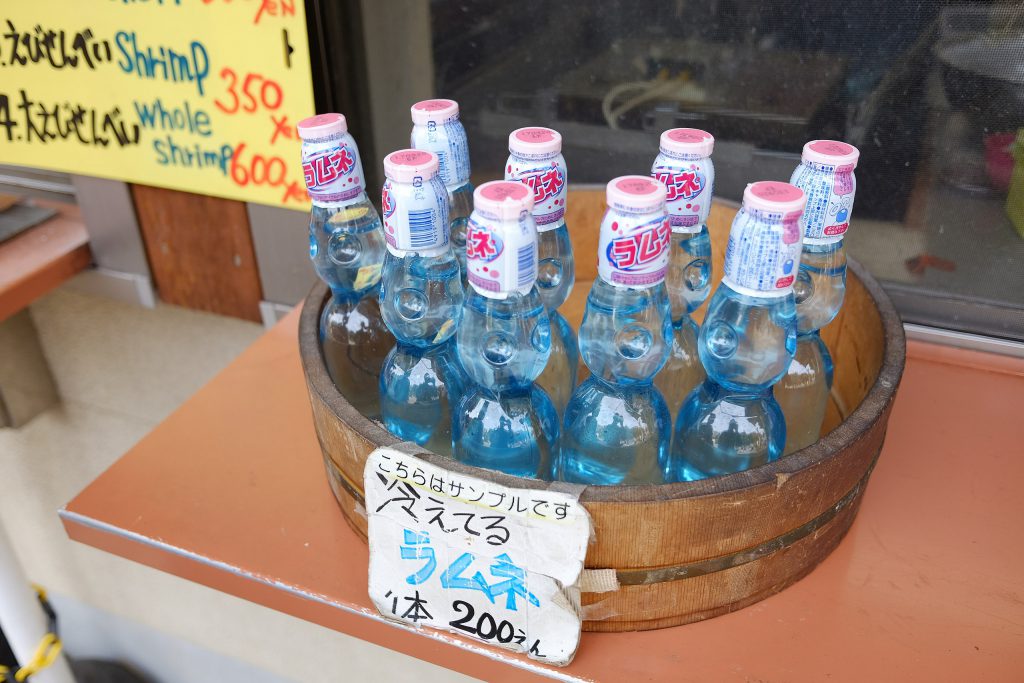
Ume juice/soda 梅ジュース・ソーダ
Ume juice/soda is a drink that’s made of Japanese plums called ume (梅, read more about ume here).
The thick ume syrup is diluted with water or carbonated water for a refreshing drink with a tang. You may not encounter ume juice/soda at the supermarket or convenience stores, as the syrup is usually made at home, but you might see it served at cafes or restaurants.
Pokari Sweat ポカリスエット
The strange name may be off-putting, but it’s nothing more than a sports drink. Produced by Otsuka Pharmaceutical since 1980, it’s a mild non-carbonated drink with a faint taste of grapefruit. It’s widely available year round and sold in cans, bottles and in powdered form to be mixed with water.
A similar Japanese sports drink is Aquarius (アクエリアス), produced by The Coca Cola Company.
Calpis カルピス
Calpis (marketed as Calpico outside of Japan) is a milky and slightly acidic beverage. Manufactured by Calpis Co, Ltd. since 1919, the drink was inspired by the Mongolian cultured milk product “airag.” It can be sold as a concentrate or diluted with water or carbonated water called “Calpis Water” or “Calpis Soda.” It comes in a variety of flavors besides the original such as strawberry, mango, grape, and peach.
You can find diluted Calpis sold in bottles or cans year round and even find Calpis flavored ice cream, candies and even canned alcoholic beverages.
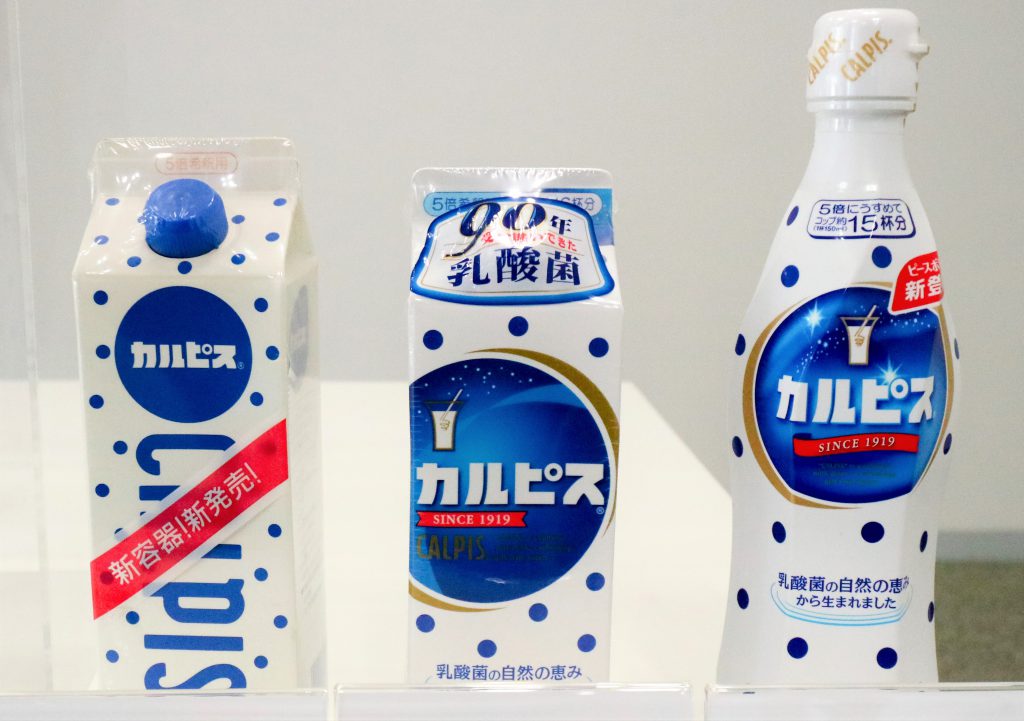
Mugicha (roasted barley tea) 麦茶
When you think of Japanese tea, green tea may immediately come to mind, but during the summer the Japanese gulp down chilled mugicha, roasted barley tea. Slightly bitter and caffeine free, many Japanese households prepare mugicha by popping a mugicha tea bag into a bottle and letting it steep for a few hours. Not only is it refreshing, but it’s rich in antioxidants and may provide some health benefits. It’s a beloved drink for all ages.
You can also buy it pre-made at any supermarket, convenience store, or vending machine in bottles, cans, and paper cartons. It’s usually served unsweetened, but some like to add a little sugar.
Mizudashi ryokucha (cold brew green tea) 水出し緑茶
You may steer clear from any hot drinks during the summer, so why not try cold brew teas? Mizudashi (cold brew) makes an aromatic and smoother tasting tea with less caffeine, astringency and bitterness compared to regular brewed hot tea.
You can prepare cold brew green tea at home by simply steep green tea leaves in cold water for several hours. Although less economical, you can skip the process by buying bottled green tea. There’s a wide selection of bottled cold tea that it might be fun to explore the options!
